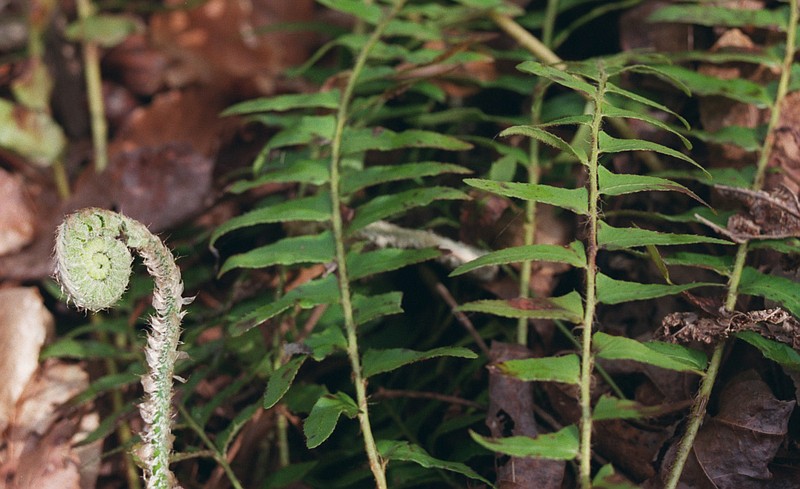DECEMBER
By now I expect everyone has experienced a killing frost in their yard. It was much later coming than last year and we had unsurpassed blooms on summer annuals, flowering tropicals and even some errant new blooms on hydrangeas and irises. Now it is time to clean up.
◼️ Pull the spent plants and continue planting winter color. There are still winter annuals to choose from — from pansies and violas to flowering kale and mustards; or, if you're like me, you already bought all these plants a month ago but didn't have the heart to pull the summer plants just then. So now you are ready to go.
◼️ Spring-blooming bulbs can go in before you plant annuals for double beauty next spring.
◼️ The signs of the holiday season are everywhere from myriad poinsettias, to flowering cactus, amaryllis, fresh garlands, wreaths and Christmas trees. Fresh greenery smells great indoors but dries out rapidly. Consider using it outside, to help it last longer. You can buy ready-made decorations or make your own. There are lots of choices available in your own front yard, from hollies and boxwoods to pine, cedar, cleyera, magnolias and aucuba. Just remember that the plants in your yard are permanent and you don't want to see gaping holes after you are done pruning. Selectively thin branches intermittently around the plants, and you should be fine.
◼️ Fresh Christmas trees have made a big comeback this season. More people are choosing fresh than have in years. Fresh and artificial trees are flying out of the stores as people are really decorating. If you do opt for a real tree, your choices include a fresh-cut tree, a cut-your-own or a living tree complete with roots. Know what you are getting into with the last option. Does your landscape need an evergreen tree? If it does, limit the length of time the trees are indoors so they aren't damaged by low humidity and low light. One week is all that is recommended.
◼️ Cut trees also dry out pretty quickly indoors. Make sure before you place the pre-cut tree in the tree stand that you give it a fresh cut at the base to allow good water movement. Keep the stand full of water, and redirect your heating vent away from the tree if possible.
◼️ Flowering plants are always a welcome gift — to receive or give. Amaryllis bulbs are available as flowering potted plants or as dry bulbs, which will bloom in six to eight weeks. Poinsettias will last long after the holidays if you give them bright sunlight and even moisture. There are so many colors and sizes to choose from. Holiday cactus can bloom every year with minimal care and also come in a wide range of colors. Other options include bromeliads, orchids and cyclamen.
◼️ There are a lot of houseplants and tender plants that are residing inside houses for the winter. Remember that watering needs indoors decrease dramatically from what the plants needed outside. Lower light and less humidity can also take a toll. Don't be alarmed if you see some yellowing or dropping foliage. Plants take time to acclimate to the indoor conditions. Do check periodically for insects. If you have a lot of plants grouped close together, insects can easily multiply. If you have a plant or two that seems less thrifty, move it into an isolated area until it rebounds or hits the compost heap.
NATIVE OF THE MONTH

Christmas fern (Polystichum acrostichoides) is an evergreen native fern that was once a staple of the florist trade.
The plant grows typically 2 feet tall and wide with upright fronds.
It is not aggressive, but the clump will enlarge over time. Although the leaves are evergreen, that doesn't mean each frond lasts forever. In the spring, new fronds will grow to replace some of the older fronds as they die off.
This fern does give you a spot of green in the shade perennial bed when many other perennials have died back for the season.
Christmas fern is tolerant of a wide range of soil types but will thrive in a soil well amended with organic matter.
Janet Carson's blog is at arkansasonline.com/planitjanet.
